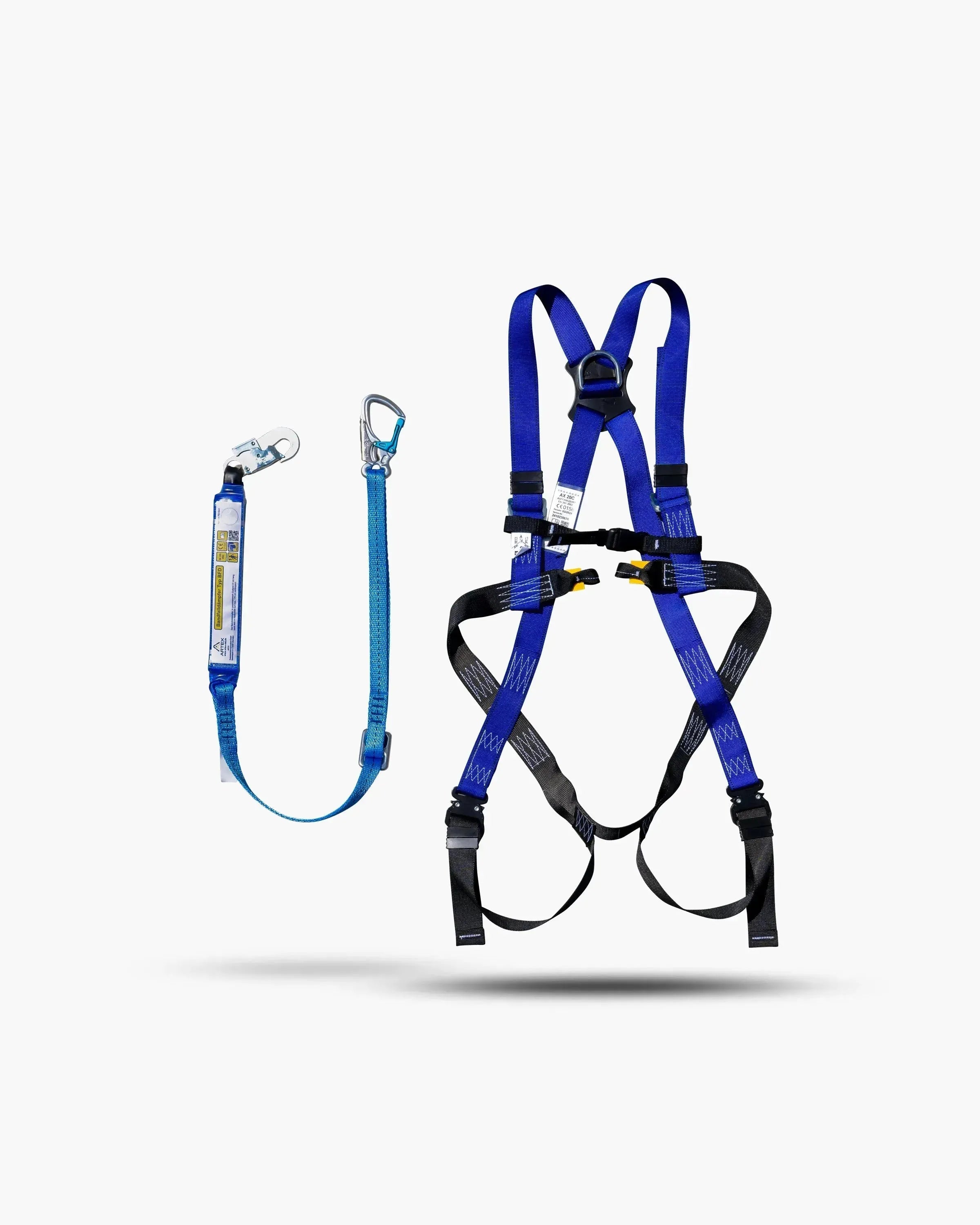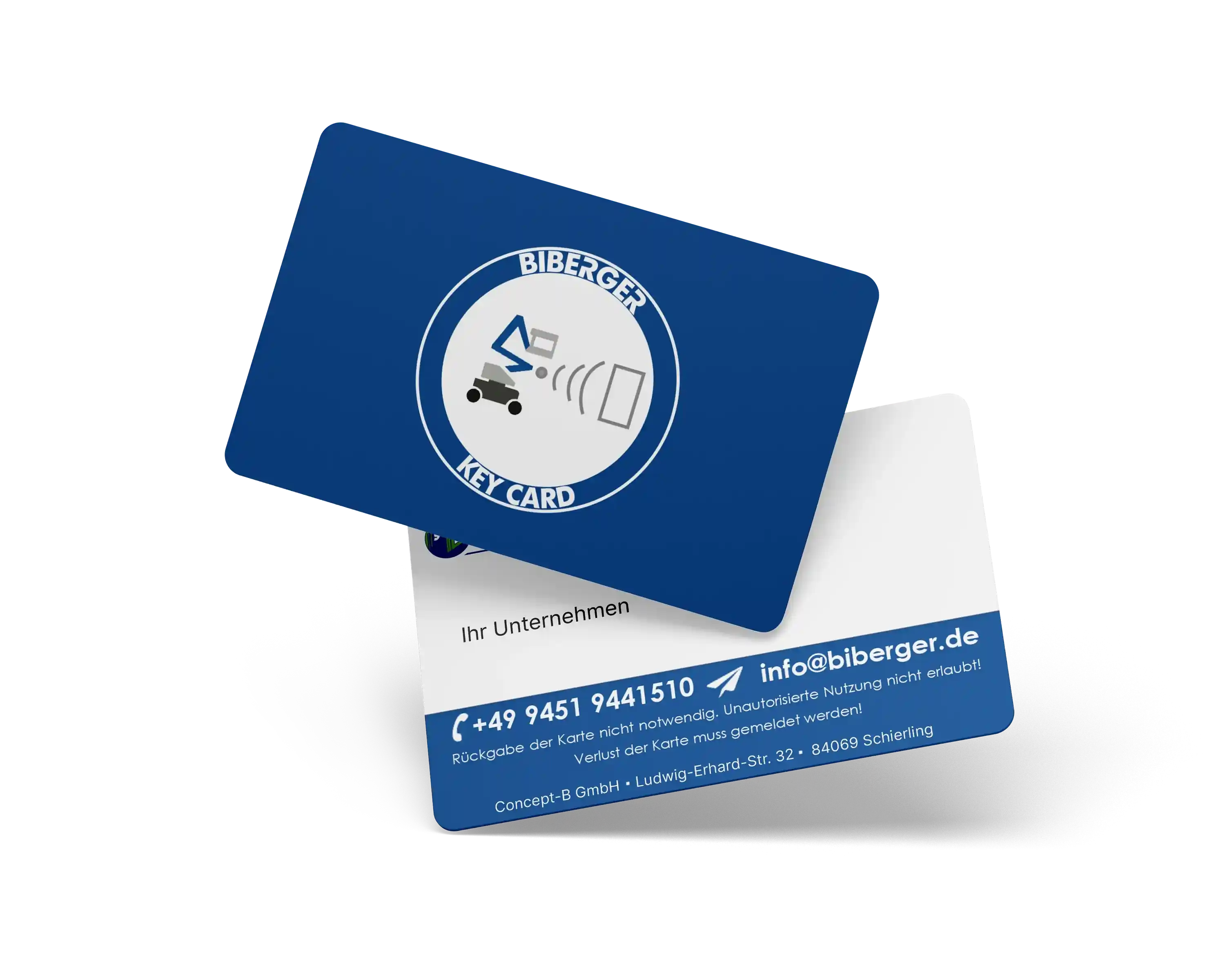As a tradesperson, you're often faced with the challenge of choosing the most efficient and safest solution for working at height. Scaffolding and access platforms each offer their own advantages, but which solution is best suited for your specific project?
In this article, we'll show you when a work platform is the better choice, when scaffolding can be useful , and what you should consider when making your decision.
The 5 most important criteria in the decision
Whether stage or scaffolding, the right choice always depends on the project. Here are the most important decision factors:
1. Project duration
- Short-term work (1–5 days) → Work platform saves time and effort
- Long-term work (from 2–3 weeks) → scaffolding can be more economical
2. Mobility on site
- Multiple locations or work in different positions → clear recommendation: work platform
- Static use on a continuous surface → scaffolding can be useful
3. Space and terrain
- Limited space or uneven terrain ? Modern crawler or articulated platforms can handle even small spaces.
- Scaffolding requires sufficient space for standing area and anchoring
4. Work content
- Heavy components or a lot of tools in use? Then pay attention to the platform's basket load.
- Large quantities of material accessible at the same time? This speaks for a scaffold with wide decking levels
5. Security and effort
- Work platforms have integrated safety features such as load control, emergency stop and access control
- For scaffolding , proper assembly according to DIN EN 12811 is required – often by a specialised company
Mobile scaffolding, mobile scaffolding and work platforms: The differences
Mobile scaffolds are lightweight, mobile, and can be used flexibly on level surfaces. They are ideal for work in small spaces where the position must be changed regularly – such as in interior construction or painting. Mobile scaffolds, in comparison, offer more work surface and height. They are also mobile, but require more space and are limited to level ground.
Aerial work platforms differ significantly from both types. They are designed for significantly more demanding operating conditions – especially on uneven terrain, at greater heights, or with changing working positions. Many platforms are electric or hybrid powered and can be positioned safely and stably even on uneven ground. This allows you to adjust the working position quickly and precisely – without rebuilding or dismantling.
Another advantage: Work platforms can reach greater heights and offer a better lateral reach . This makes them a more efficient choice, especially for complex or large-scale projects – such as installations, maintenance, or facade work where traditional scaffolding reaches its limits.
Scaffolding vs. work platform: A technical comparison
Scaffolding systems are modular in design, available in a wide range of options, and can be adapted to different construction conditions. They provide a stable work surface over extended periods and are particularly suitable for projects such as facade renovations, insulation work, or comprehensive renovations. They are often installed as stationary structures and remain in use for weeks or months.
Aerial work platforms, on the other hand, score highly with their high mobility and rapid deployment readiness . They are equipped with a chassis and drive and can be positioned in just a few minutes. A major advantage: You can move between different locations, adjust heights flexibly, and even work over obstacles – without reconfiguration or dismantling.
Especially for projects with changing work areas or limited space, work platforms offer an efficient and space-saving alternative to stationary scaffolding . They are ideal for repairs, maintenance, or assembly work where you need to work flexibly and independently of your schedule .
Are work platforms an alternative to scaffolding?
Access platforms are a time-saving alternative to traditional scaffolding , especially for projects that require frequent repositioning or access to hard-to-reach areas. Their mobility allows for rapid access to different locations and safe heights – without the hassle of assembly and dismantling required with stationary scaffolding.
This not only saves time but also reduces the overall project costs. In addition, modern platforms ensure a high level of occupational safety through integrated safety systems such as railings, load controls, and emergency stop functions – directly from the factory and without additional assembly effort.
Pay attention to the ground!
Whether it's a work platform or scaffolding, the subsurface plays a key role in stability and safety . Not every type of surface is suitable for every system. Uneven or unstable surfaces are often encountered, especially on construction sites. This calls for off-road work platforms with all-wheel drive and large tires that can be safely maneuvered and set up even on difficult terrain.
The same applies to scaffolding: The surface must be level, stable, and properly prepared. Even small unevenness can compromise stability. Therefore, before selecting and installing the system, you should always check whether it is suitable for the on-site conditions. This is the only way to ensure a safe working environment – for you and your team.
Safety and working height: When is which system suitable?
Safety is a top priority when working at heights. A ladder may be sufficient for short, simple jobs at low heights, but it quickly becomes overwhelming for more complex or longer jobs and poses a high risk of accidents.
A properly erected scaffold provides a stable work platform for extended periods at a consistent height. It is particularly suitable when work is carried out in one location for an extended period of time.
Aerial work platforms, on the other hand, impress with their flexibility and safety. They can be quickly adjusted to different heights, allow for rapid changes of position, and offer a high level of protection thanks to permanently integrated railings, access controls, and modern safety technology. They are often the better choice, especially for changing working heights or areas that are difficult to access.
Mobility and flexibility: mobile scaffolding and mobile work platforms
Mobile scaffolding is a practical solution for many applications – especially for working at low heights on level ground. But when it comes to greater flexibility, faster height adjustment, and greater efficiency , mobile work platforms have a clear advantage .
They are easy to maneuver, offer precise height adjustment directly from the work basket , and are ideal for changing locations or different working heights. Their design allows you to adapt safely, quickly, and flexibly to different requirements – without wasting time reconfiguring or dismantling.
For professionals seeking a powerful, versatile, and safe solution, mobile work platforms are often the better choice. They combine mobility, comfort, and productivity in one device – and make a noticeable difference on the construction site.
Mobile work platforms and their areas of application
Choosing the right platform always depends on the location and the specific task. Only by precisely matching the platform type to the requirements can you work safely, efficiently, and without unnecessary detours.
Scissor lifts are ideal for use on level surfaces—for example, in halls, warehouses, or on solid concrete surfaces. Their vertical lifting movement and high load capacity make them the optimal solution for assembly and maintenance work at constant heights.
When the site becomes more complex , articulated boom lifts, crawler lifts, or truck-mounted platforms come into play. They offer flexible reach, compact design, and off-road capability – perfect for outdoor areas, uneven terrain, or hard-to-reach places. These platforms demonstrate their strengths particularly in construction projects where obstacles must be overcome or longer distances must be bridged.
The suitability of work platforms for stationary use
Work platforms are not only mobile – they are also ideal for stationary use , for example for maintenance or installation work in large logistics centers, industrial halls or event buildings.
A typical example: When servicing ceiling lighting or ventilation systems, the platform is used at a fixed location for an extended period of time. This reduces setup time and enables efficient work without constant relocation.
The platform serves as a stable, safe platform that can be precisely adjusted to the required working height. This not only reduces the time required but also minimizes the risk of accidents , as no improvised auxiliary structures are necessary.
Buy used mobile work platforms or scaffolding
Purchasing mobile scaffolding or work platforms involves high investment costs – and only pays off if the equipment is used regularly and continuously. For many companies with changing requirements and project-related assignments, this is not cost-effective.
Renting offers decisive advantages : You always get exactly the equipment that's right for your current project – with no capital commitment, no storage costs, and no maintenance. At the same time, you retain full cost control and benefit from state-of-the-art technology that's regularly serviced and tested.
Conclusion: The right height access solution for your project
Whether you choose a work platform or scaffolding , the right choice always depends on the requirements of your project. Scaffolding is particularly suitable for long-term, static work that requires work to be carried out in fixed positions over an extended period of time.
Aerial work platforms, on the other hand, offer maximum flexibility and mobility – ideal for changing locations, varying heights, and hard-to-reach areas. Factors such as safety, working height, mobility, and ground conditions play a key role in the selection process.
Our tip : Carefully consider which solution best suits your project. If you value efficiency, flexibility, and modern technology, a mobile work platform is often the better choice .
And if you need support, we at BIBERGER specialize in mobile height access technology. Talk to us – we'll advise you personally and provide you with the exact platform that's right for your project.















Share:
Visual and functional check: Why it is mandatory before every use
Simple, Safe, Smart: The BIBERGER KEY CARD